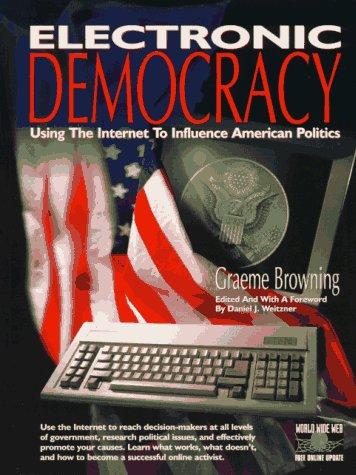Building a Military for the Future
Every issue explores cutting-edge developments in technology, medicine, education, climate change, and much more. Articles provide in-depth analyses of science and technology’s impact on public policy, the economy, and society—bringing today’s best minds to bear on tomorrow’s most critical topics.
Editor's Journal
Changes Big and Small
Issues has made very few changes in its format or appearance since a major overhaul in 1987. We created the Real Numbers section in 1990, added art to the cover in 1991,… Read More
Perspectives
Does NIH Need a DARPA?
The National Institutes of Health (NIH) recently celebrated the 50th anniversary of its Division of Research Grants with a symposium on peer review. NIH Director Harold Varmus introduced the theme of the… Read More
Features
Reining in Military Overkill
The end of the Cold War set off contentious debate about what constitutes the most effective and least expensive security policy for the United States. A central issue has been the size,… Read MoreThe Drug War’s Perverse Toll
Bob Dole remarked in his acceptance speech at the 1996 Republican National Convention that “the root cause of crime is criminals.” The tautology and its implications-more prisons, longer sentences, tougher judges-made for… Read MoreThe Air Force at a Crossroads
On the night of January 16-17, 1991, the United States launched an air war against Iraq after diplomatic efforts to end that country’s invasion of Kuwait had failed. U.S. air and naval… Read MoreTime to Restructure U.S. Defense Forces
With the election behind us, the Pentagon is gearing up to conduct a congressionally required top-to-bottom review of its six-year, $1.5-trillion program. In doing so, it will confront a number of difficult… Read MoreEliminating Excess Defense Production
Throughout history, each time our nation has ended a war we have cut back our weapons arsenals and smartly propped up R&D to prepare for future enemies. But since the Cold War’s… Read MoreRethinking the Car of the Future
On September 29, 1993, President Clinton and the chief executive officers of Ford, Chrysler, and General Motors (the “Big Three”) announced the creation of what was to become known as the Partnership… Read MoreThe Dual-Use Dilemma
The Clinton administration began with high hopes for its plan to forge a stronger link between military and commercial technologies. Observers inside as well as outside the administration argued that the Technology… Read More
Book Reviews

Politics on the Net
Halfway through her new book Electronic Democracy, Graeme Browning, a science and technology reporter for the National Journal, observes that the study of Pickett’s Charge at Gettysburg should be required… Read More
The Market for Spies
The Cold War may be over, but espionage apparently is still thriving. Now, however, it’s economic espionage. Former FBI and CIA officials have stated that “we’re finding intelligence organizations from countries we’ve… Read More
Flawed Policy
In the late 1980s, Kenneth Flamm, an economist at the Brookings Institution, published two highly influential books on government’s role in the development of the computer industry. In Targeting the Computer (1987)… Read More
In Defense of Environmentalism
The Betrayal of Science and Reason is the most important rejoinder to date to the “brownlash” (as the Ehrlichs call it) of anti-environmental writing. The bulk of the book is devoted to… Read More
In Numbers We Trust
Our scientific culture, and much of our public life, is based on trust in numbers. They are commonly accepted as the means to achieving objectivity in analysis, certainty in conclusions, and truth.… Read More
